I have a joke for you:
Why is the moon in such a bad mood? It's just a phase!
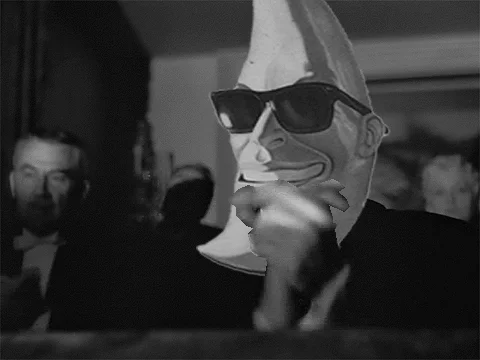
Don't get it? Don't worry! You will soon!
If moon puns don't phase you, you're about to find out why the moon appears to change its shape.
Hold up just a moon-ute!
Sometimes the moon is so bright it lights up the whole sky.
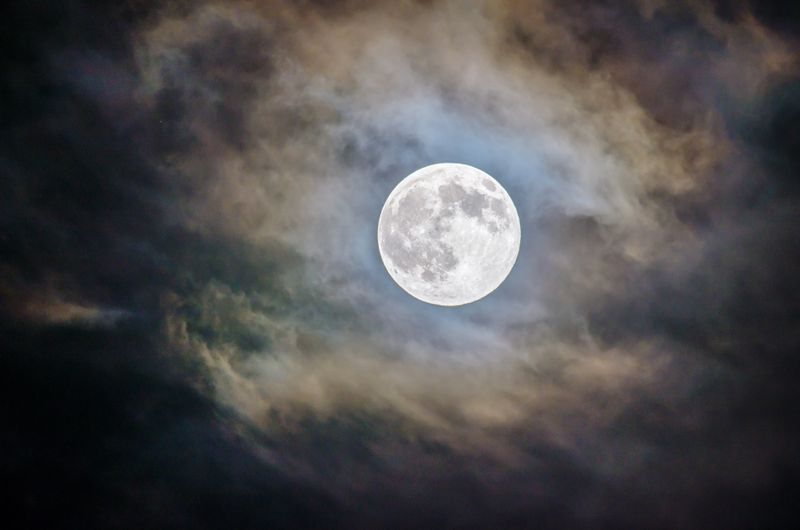
And at other times, it looks like a clipped-off fingernail.
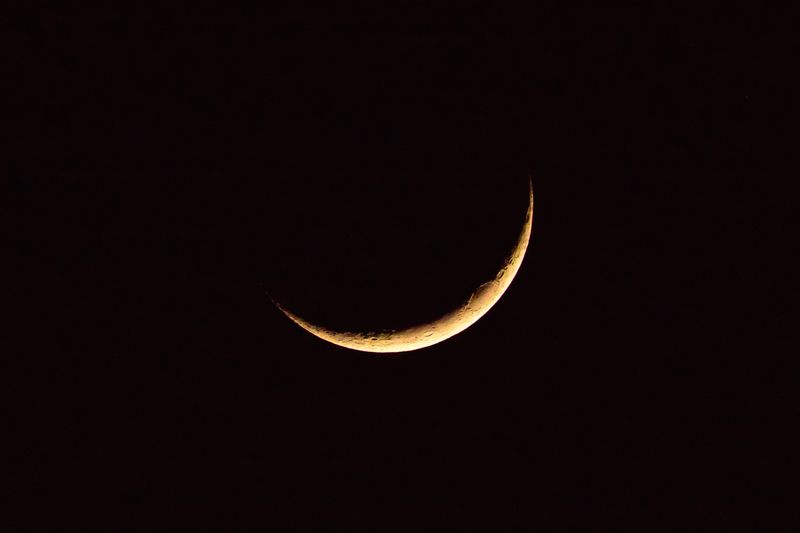
Is it really changing shape or am I just i-moon-gining it?
You're not imagining it, but it is an illusion.
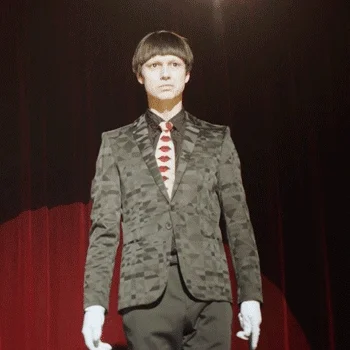
Another illusion is that the moon emits light. It's actually the sun's light that lights up the moon.
Just like our planet Earth, one side of the moon is fully exposed to the sun's light.
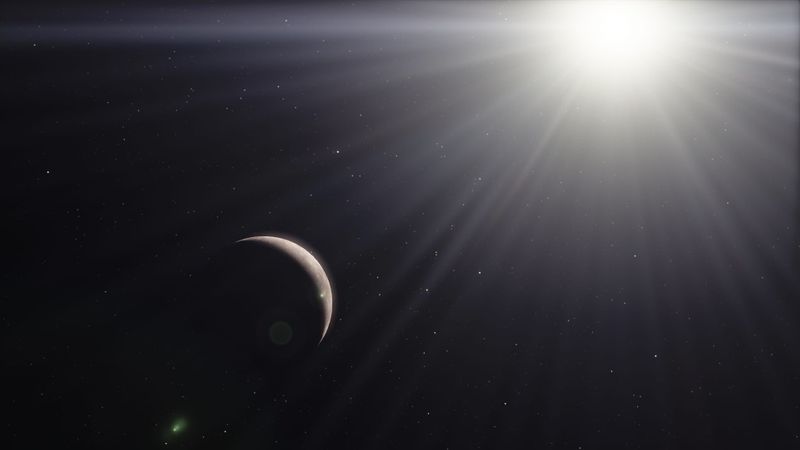 Photo by John Doe on pxfuel
Photo by John Doe on pxfuel
As the moon orbits (i.e. moves around) Earth, we see more and more, and then less and less, of the parts of the moon that are exposed to the sun's light.
When the moon is between us and the sun, we can't see the surface that is exposed to the sun's light, making it seem like the moon has disappeared.
And when we on Earth are between the sun and the moon, we can see the entire lit up surface of the moon.
Take a look at the video clip below to see it happening!
How did the moon take the news? It wasn't phased.
The different shapes of the moon are known as its phases.
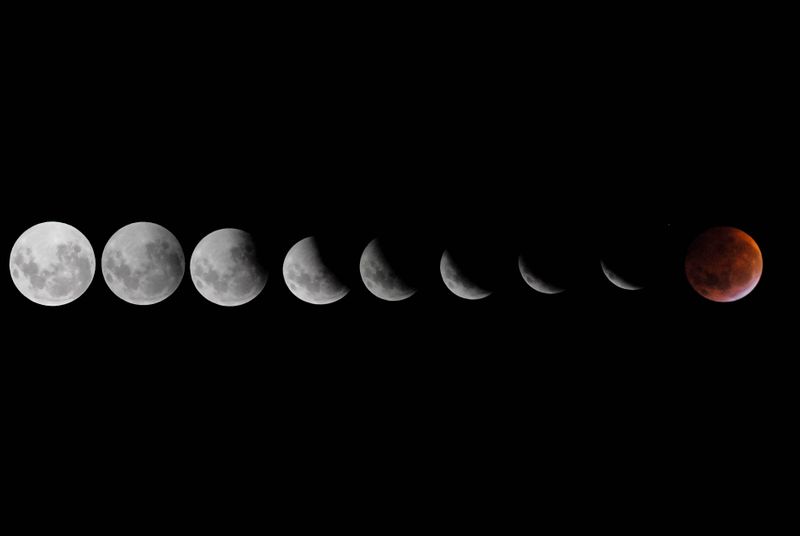 Photo by Ramiro Martinez on Unsplash
Photo by Ramiro Martinez on UnsplashAnd what are these phases called?
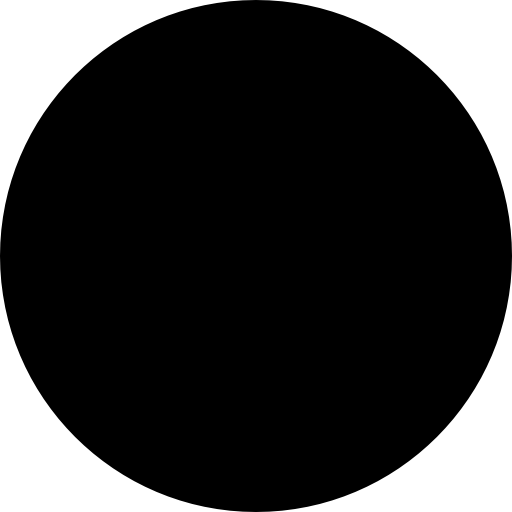 1. New moon: This happens when the moon is between us and the sun and we can't see any of its lit up surface.
1. New moon: This happens when the moon is between us and the sun and we can't see any of its lit up surface.
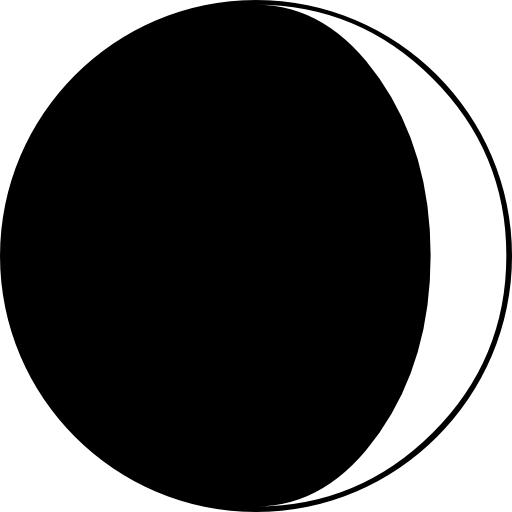 2. Crescent moon: We can see a small sliver of the moon that is lit up.
2. Crescent moon: We can see a small sliver of the moon that is lit up.
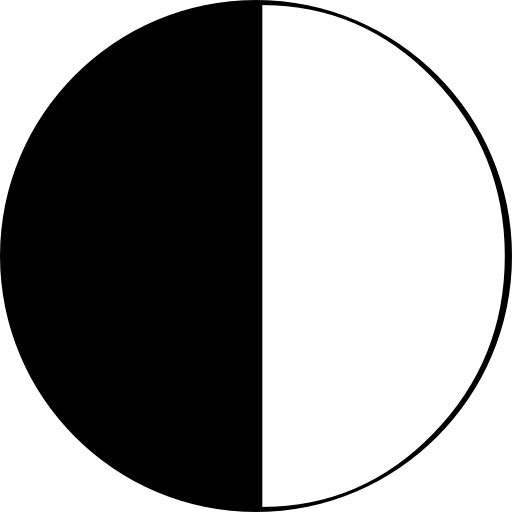 3. Quarter moon: We can see half of the half of the moon that is lit up.
3. Quarter moon: We can see half of the half of the moon that is lit up.
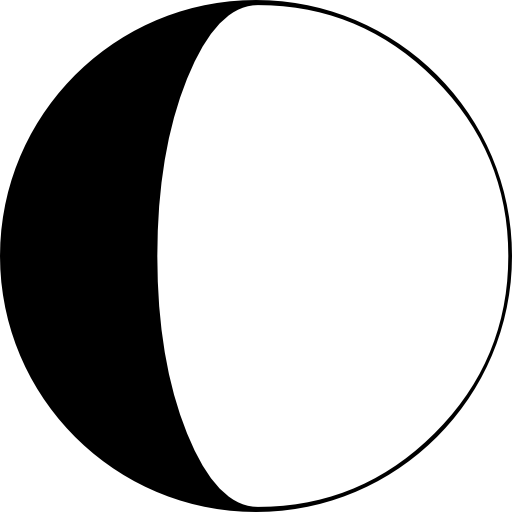 4. Gibbous moon: Nearly all of the moon appears to be lit up.
4. Gibbous moon: Nearly all of the moon appears to be lit up.
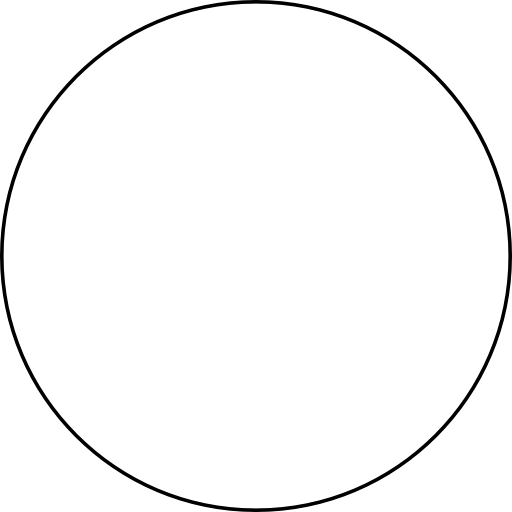 5. Full moon: We're between the moon and the sun, so we can see the entire exposed side of the moon.
5. Full moon: We're between the moon and the sun, so we can see the entire exposed side of the moon.
After this cycle completes, it reverses, starting with the gibbous moon, and the other side of the moon seems to disappear. 🌕 🌖 🌗 🌘 🌑
How does the moon cut its hair? Eclipse it!
Remember how you learned that when the Earth is between the sun and the moon, we see a Full Moon, i.e. the entire lit up surface of the moon, once per month?
Well, there's an exception to this rule.

Most of the time, the moon's orbit is tilted in such a way that the sun's light passes the Earth and hits the moon.
But every now and then, the sun, the earth, and the moon perfectly align and the earth blocks the sun's light from directly hitting the moon's surface.
The sun's refracted (bent) light hits the moon and makes it appear bright red.
This is called a lunar eclipse.
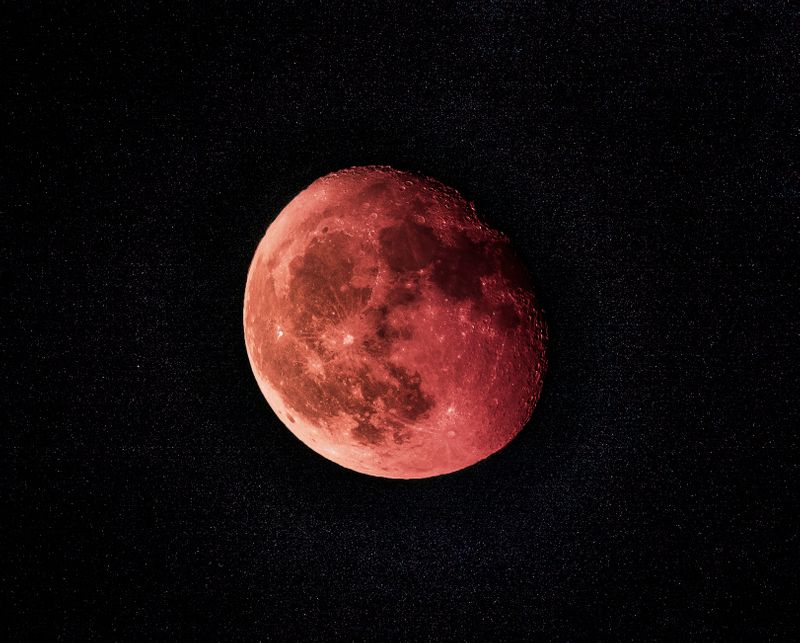 Photo by Zoltan Tasi on Unsplash
Photo by Zoltan Tasi on UnsplashQuiz
What prevents a lunar eclipse from happening every month?
Take Action
Tired of this lunacy? Catch you lunar!
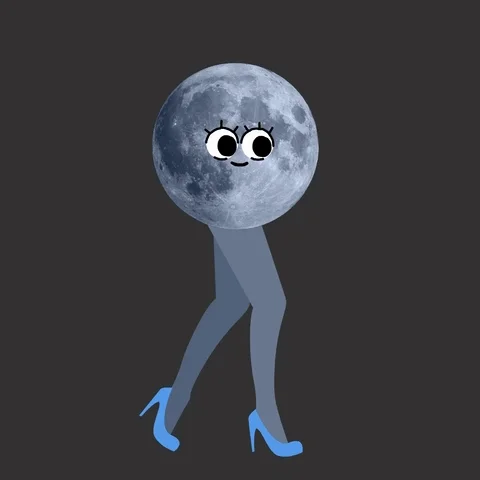
Your feedback matters to us.
This Byte helped me better understand the topic.
